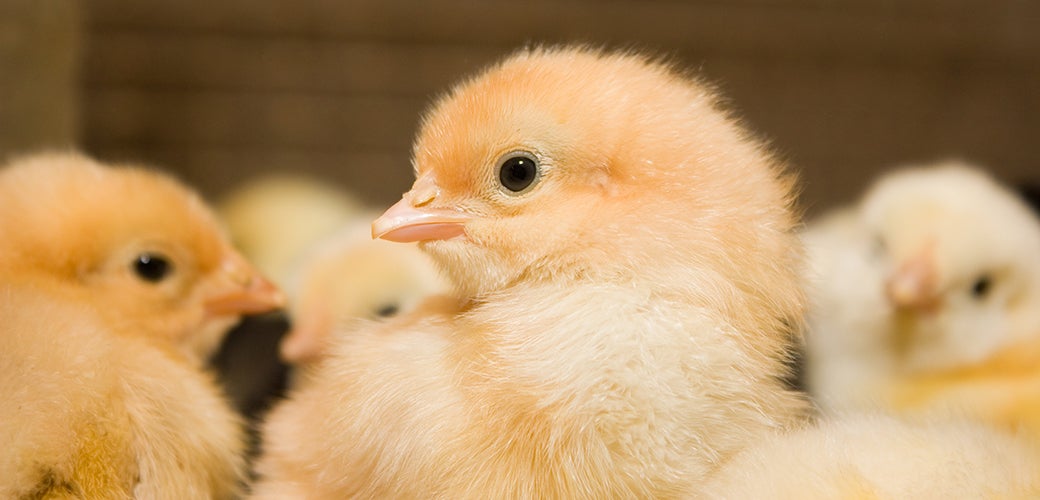Making “Organic” Mean Something
 By Matt Bershadker, ASPCA CEO
By Matt Bershadker, ASPCA CEO
When an animal food product in your grocery store is proudly labeled “USDA Organic,” you would think that means the animal had exposure to fresh air, sunshine and significantly more space to move than on standard non-organic farms. Most people make that assumption. But in reality, the “organic” label provides no clear requirements for either space or outdoor access for most animals. As a result, a growing number of large organic producers are raising animals in conditions virtually indistinguishable from factory farming, including cramped quarters and even painful physical alterations.
Why is there such a disparity between the humane conditions we expect for organic farm animals and the cruel treatment many actually receive? It can be partially traced to the explosion of consumer interest in “organic” foods. Organic product sales by U.S. farms increased 83 percent between 2007 and 2012, but the increased production did not come with a corresponding increase in welfare standards.
This is clear for egg-laying hens in particular, whose numbers doubled from 2008 and 2014, while the number of egg farms dropped. More chickens on fewer farms increases the likelihood of inhumane conditions.
Large-scale industrial food producers didn’t simply jump on the organic bandwagon; they commandeered it to exploit both the increased consumer interest in “organic” food and the lax regulatory standards governing those products. They’re also undercutting more conscientious organic farmers dedicated to the idea that organic farming should deliver on its humane promises.
The USDA—which began regulating organic agriculture in 2000—is now trying to return integrity to its own label. In April, their National Organic Program proposed the first-ever comprehensive set of federal regulations governing the on-farm treatment of animals.
These new organic standards, advocated by the ASPCA and other animal welfare organizations for years, would specify minimum indoor and outdoor space requirements for poultry, require enrichment for a number of species, and prohibit certain kinds of physical alterations, among many other improvements. The USDA is giving producers a year to comply with the majority of the requirements.
In addition to protecting farm animals from cruelty, the new standards would also support a level playing field for the majority of independent organic farmers already providing meaningful outdoor access for their animals and holding themselves to higher-than-required standards.
The National Organic Program accepted public comments on its proposal through July 13, and the USDA is expected to issue a final rule before the end of 2016.
Getting all food producers to do right by their animals may be a long-term struggle, but one thing both people and animals deserve right now is for animal product labels – especially those issued by the federal government – to at least mean what they say.
